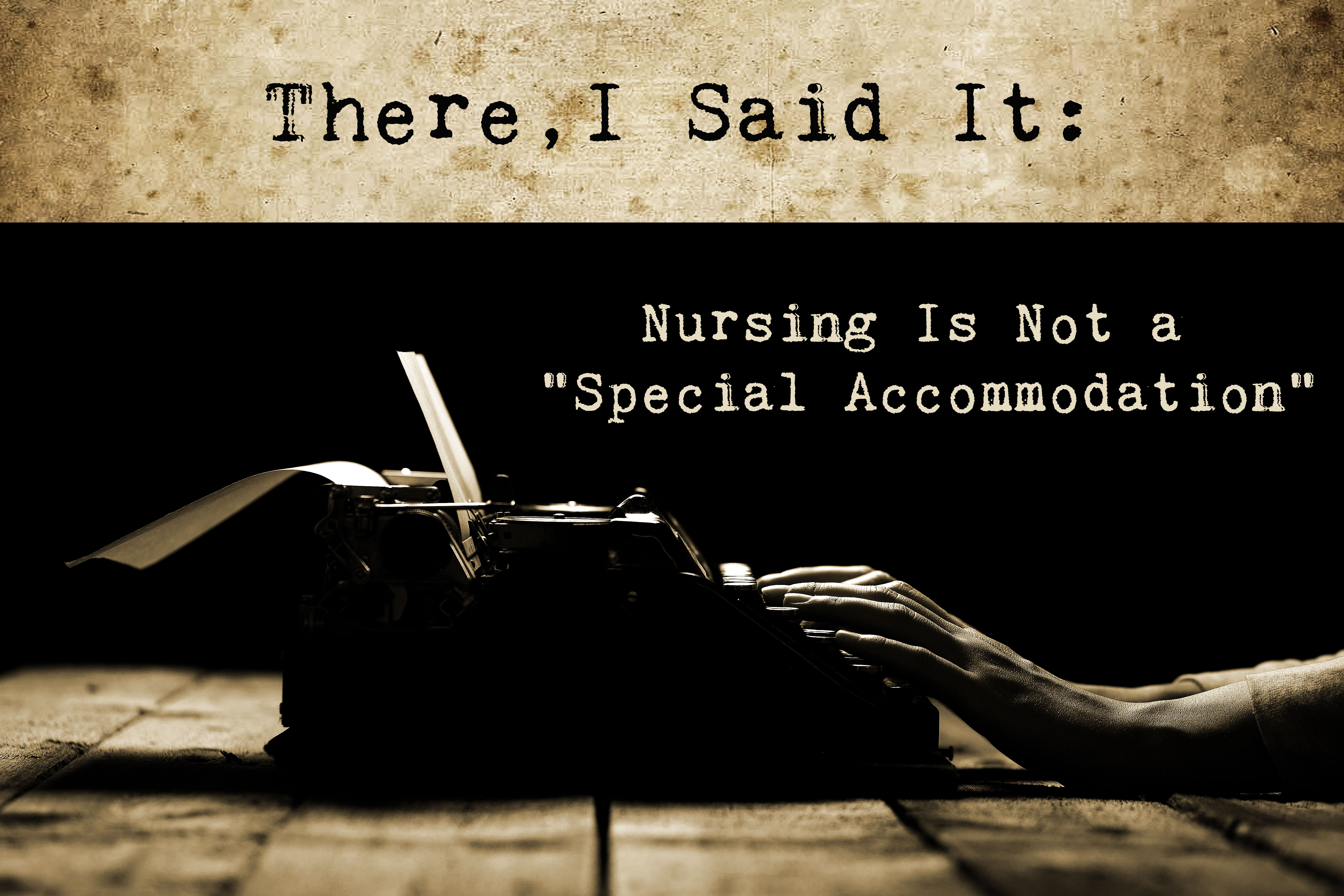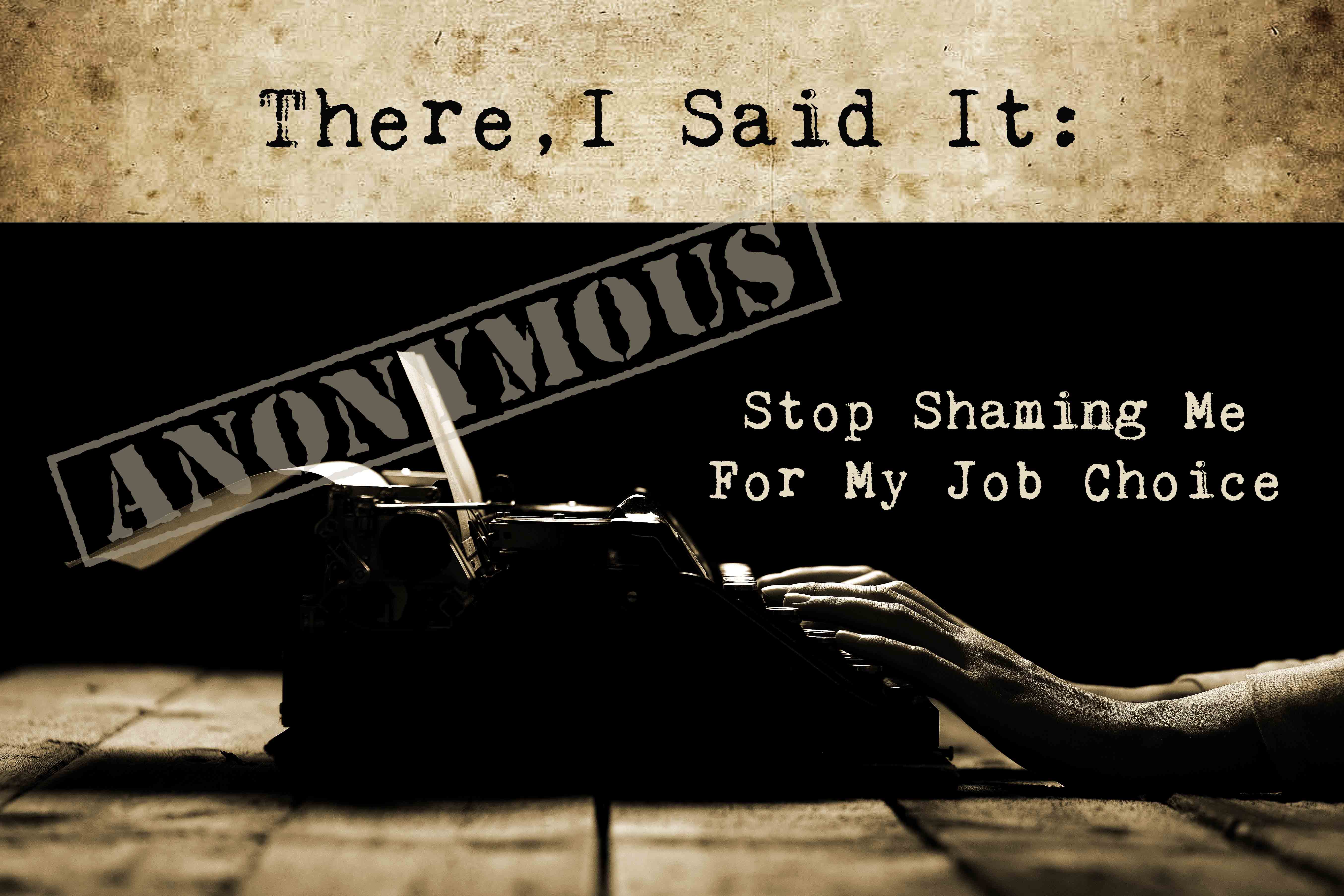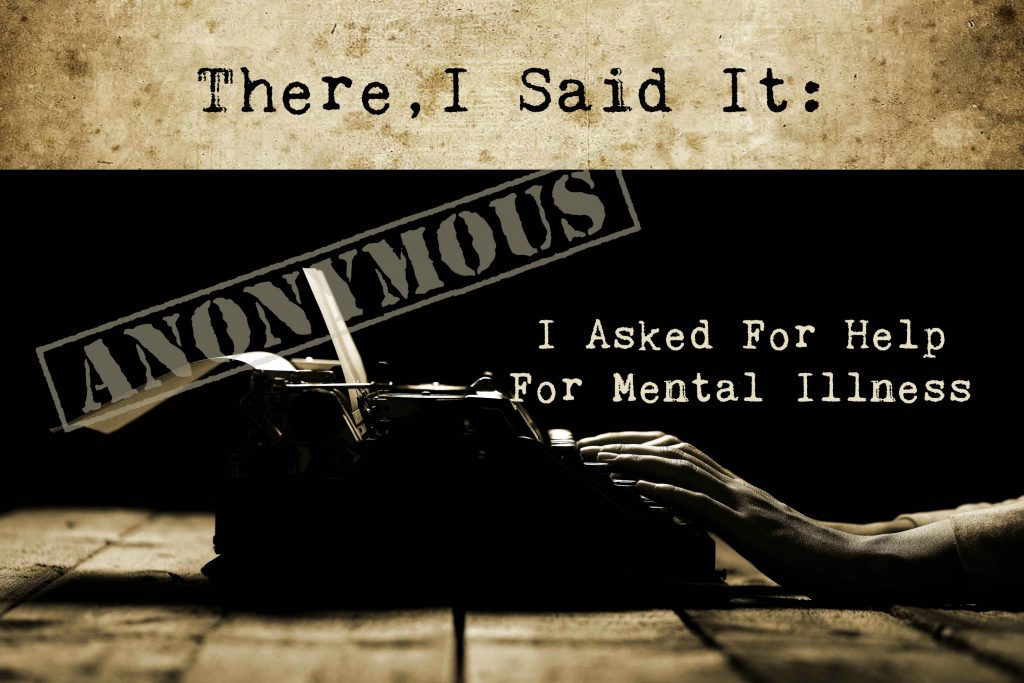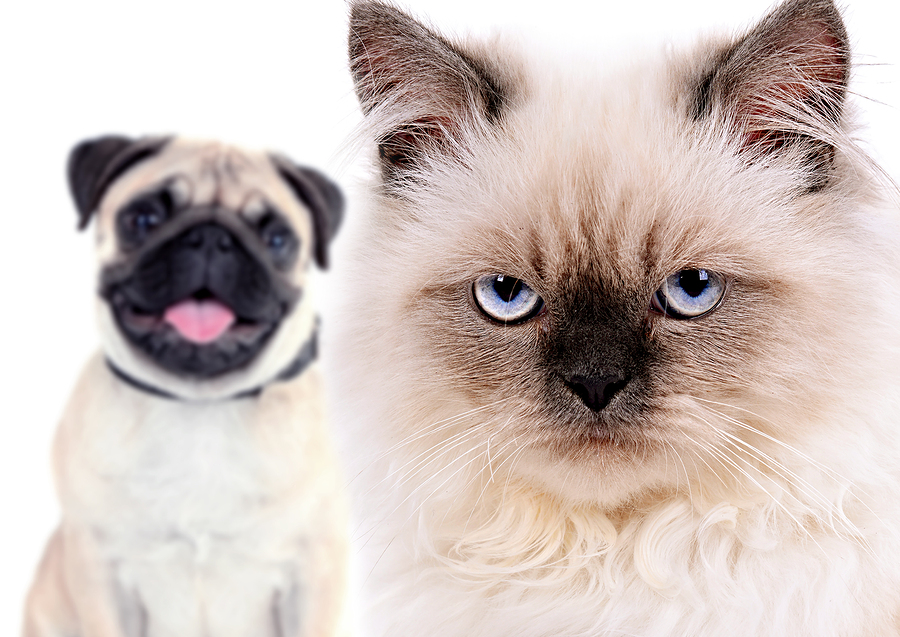
By Anonymous
You do not want make the moms angry.
Here is the reality of working in a majority female medical profession:
1 – A lot of us are mothers
2 – We are required to get continuing education
So, a decent percentage of us at any time need to feed our babies AND get continuing education at the same time.
Since many states have limits on how much continuing education can be pursued online or because many of us prefer in-person continuing education, that means moms need a place to nurse or pump at such conferences.
This should not be a surprise. Nor should it be challenging to provide.
It would be very rare for a place providing continuing education to not also be a workplace. By law, workplaces should be able to provide “a place, other than a bathroom, that is shielded from view and free from intrusion from coworkers and the public, which may be used by an employee to express breast milk.[1]”
Women who make up 50% of our population should be able to perform normal bodily functions in peace and safety.
Recently, a veterinarian who was nursing attended sponsored continuing education event and asked for a space to pump. Without going into the uglier details, she was directed to use a bathroom. Even when clean, bathrooms are not considered sanitary places to produce breastmilk that will be fed to an infant.
She was later told in writing that she should have let them know in advance about her need for “special accommodation.”
Frankly, many women do not consider performing this non-pathologic, natural, and common bodily function as something that requires “special accommodation.”
As a nursing mother myself, when I attended the AVMA convention this year, I certainly wouldn’t have thought to call ahead for a “special accommodation.”
Luckily, the veterinary moms from around the world have each others’ backs. They have banded together to try and help prevent things like this from happening again.
After discussing the less than ideal pumping conditions at one convention this year, several other conferencest appear to be making concerted efforts to provide more comfortable nursing spaces and a welcoming atmosphere for mothers.
Our profession is small. Even if you are not a mother in our field, you likely care about one. Many of us in the veterinary profession are friends with women and mothers in other medical professions too.
As the world grows smaller every day, not only are companies who recognize the realities of life as a woman doing the right thing, they helping ensure their financial survival.

The views and opinions featured on There, I Said It are those of the authors and do not necessarily reflect the position of the DrAndyRoark.com editorial team.
[1] https://www.dol.gov/whd/nursingmothers/faqBTNM.htm





